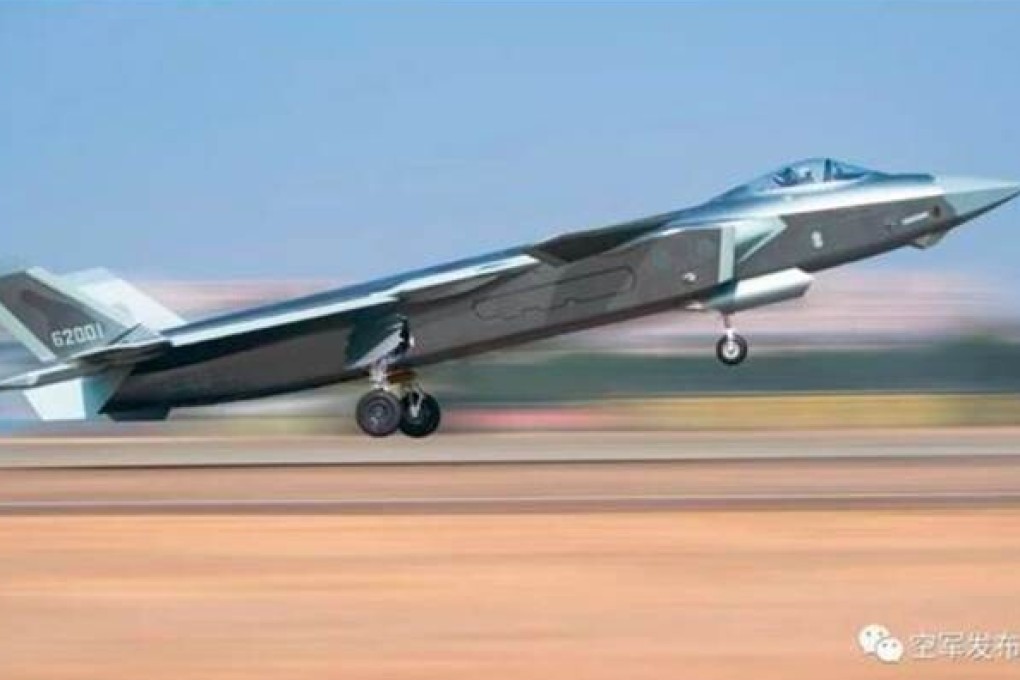Chinese army faces problems in weapons innovation, relying on foreign acquisitions, US study finds
- Rand Corporation calls China the ‘clear pacing threat’ to the US in terms of military capability but says much progress comes from intellectual property theft
- A reliance on IP theft left Chinese weapons systems ‘several years’ behind the US, researchers concluded

China’s military has overcome numerous technological challenges to chip away at the United States’ supremacy in recent years, but continues to be stymied by lagging domestic innovation and corruption in its defence industry, according to a US government-financed study released on Wednesday.
The report by the Rand Corporation identified China as the “clear pacing threat” to the US in terms of investment in military capabilities but found that much of its progress was the result of intellectual property theft, foreign acquisitions and joint ventures.
The Rand Corporation is a security-focused research group based in California that receives around 80 per cent of its funding from various federal agencies. The new report was sponsored by and prepared for the US Army.

01:58
Malaysia to summon Chinese envoy after airspace ‘intrusion’
Its assessment comes on the heels of a Pentagon review of its China policy, and as the Biden administration accelerates efforts to prevent American technology from contributing to China’s military advancements.
Contending that China had failed to spur military innovation of its own, the Rand report cited three key deficiencies confronting the People’s Liberation Army (PLA): high-end semiconductors, stealthy submarines and aircraft engines.
A reliance on IP theft has left Chinese weapons systems “several years” behind their US counterparts, researchers concluded, noting striking similarities between China’s J-20 and J-31 jet fighters and Lockheed Martin’s F-22 and F-35 aircraft, respectively.
In response to questions about the Rand report, a representative for the Chinese embassy in Washington said that the US had “never produced any solid evidence for its repeated allegations about China’s ‘theft of intellectual property’,” and said the country was “stepping up efforts in science and technology innovation and intellectual property protection.”